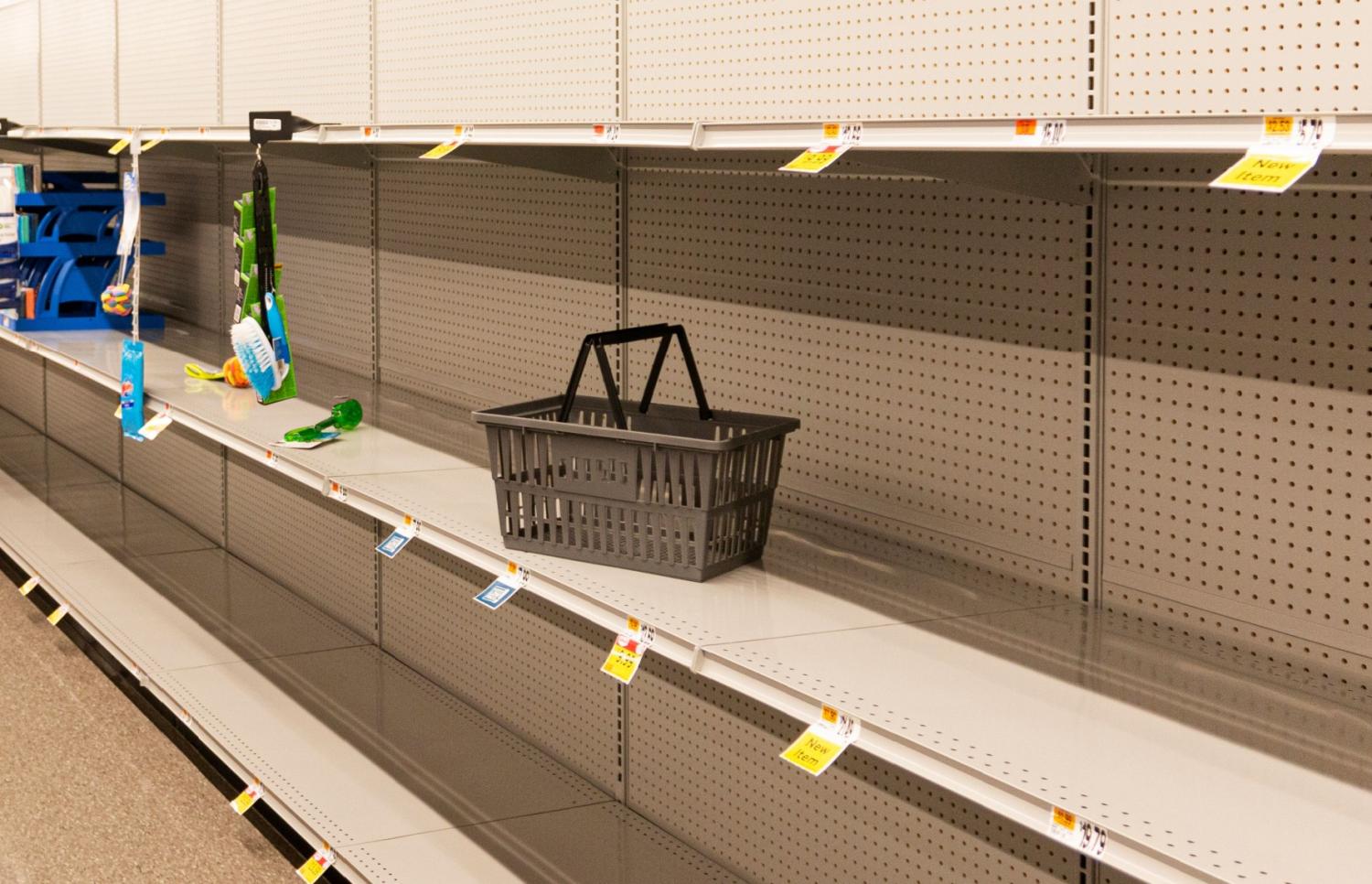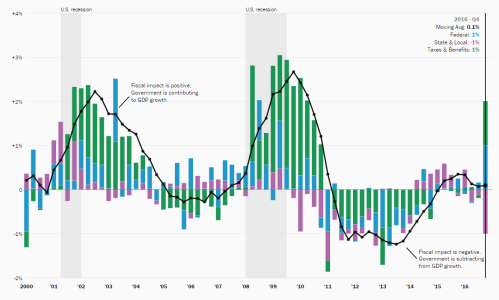Introduction
The goal of this paper is to provide a systematic framework for understanding the varieties of supply shocks that influence inflation and other key economic outcomes. The last decade has demonstrated that supply-side disruptions—ranging from energy price surges to shortages of crucial industrial inputs—can drive inflation in ways that challenge traditional demand-focused models and policy responses.
This paper synthesizes the recent (and less-recent) economic literature to establish a taxonomy of the main types of supply shocks that could affect inflation. It further clarifies the principal channels through which these shocks affect prices and output and diagnoses the economic features that can amplify shocks beyond their direct effects on higher production costs. A literature review of 88 pieces of research reveals eight distinct shock types, six primary transmission channels, and seven major amplification mechanisms.
The creation of a taxonomy and classification presented in this paper inevitably required extensive judgment. The landscape of supply shocks and their economic effects is complex, and categorizations are, by necessity, interpretive rather than fixed or exhaustive. In many instances, different readers might reasonably reach somewhat different conclusions about how to classify a given paper, shock, or channel. The primary goal here is not to impose a hard-and-fast framework but rather to distill broad and recurring patterns that emerge across the literature.
This taxonomy attempts to reflect the current state of the literature, identifying which shock types, transmission channels, and amplification mechanisms appear most frequently across the 88 papers reviewed. While the patterns may reflect what aspects of supply shocks are most potentially important, the taxonomy may help researchers identify gaps—areas that are underexplored or where conceptual connections between supply shocks and inflation could be clarified with further work. While not every paper reviewed was centrally focused on supply shocks as a driver of inflation, studies were included when the pathway from an identified economic effect to inflation seemed clear and straightforward. The analysis focuses on identifying shock types, transmission channels, and amplification mechanisms rather than evaluating empirical magnitudes or comparing theoretical versus empirical approaches.
This review focuses on the kinds of supply shocks that can boost inflation, such as negative productivity shocks or positive commodity price shocks. Shocks with the opposite sign would tend to reduce inflation—these are not the subject here. Importantly, a positive shock to supply or a drop in input prices can transmit through the economy in different ways and may not trigger the same amplification mechanisms. For example, many models and empirical papers build in downward wage rigidity, which means that wages adjust more slowly or incompletely in response to reductions in labor demand than to increases in demand. As a result, the channels and consequences of shocks that decrease inflation are somewhat distinct from those that increase it, and thus they are not systematically addressed in this analysis.
Two key findings emerge from the analysis:
First, some kinds of supply shocks and certain characteristics of the economy are more prone to result in higher inflation. Critical component shocks, by their nature of being required in production with no available substitutes, have a straightforward pathway to increasing inflation. If an economy is characterized by opaque input-output linkages and supply chain networks, most kinds of supply shocks can be amplified. In addition, if inflation expectations are easily unanchored, for example if the central bank lacks inflation fighting credibility, temporary supply shocks can have lasting effects on inflation.
Second, amplification of a supply shock can be particularly significant when multiple amplification mechanisms are at play. For example, a reduction in the supply of semiconductor chips has a particularly large effect on inflation when it is amplified by low substitutability in production functions, low initial inventories, and network dependencies.
The remainder of this paper proceeds as follows. Section 2 describes the eight types of supply shocks identified in the literature. Section 3 examines the six primary transmission channels through which these shocks affect prices and output. Section 4 analyzes the seven major amplification mechanisms that determine whether shocks cause modest, transitory price increases or trigger persistent, economy-wide inflation. Section 5 examines each shock type in turn, identifying the amplification mechanisms most commonly observed for each and explaining why certain shock types pose greater inflationary risks. Section 6 discusses several mechanisms that can dampen or even reverse the typical inflationary response to supply shocks. The conclusion includes some implications for fiscal and monetary policymakers. The appendix summarizes the classification of all 88 papers.
-
Acknowledgements and disclosures
The author thanks Ben Harris for helpful comments and discussion, Liam Marshall for research assistance, and Sarah Ahmed for fact checking. All errors are my own.
The Brookings Institution is committed to quality, independence, and impact.
We are supported by a diverse array of funders. In line with our values and policies, each Brookings publication represents the sole views of its author(s).






